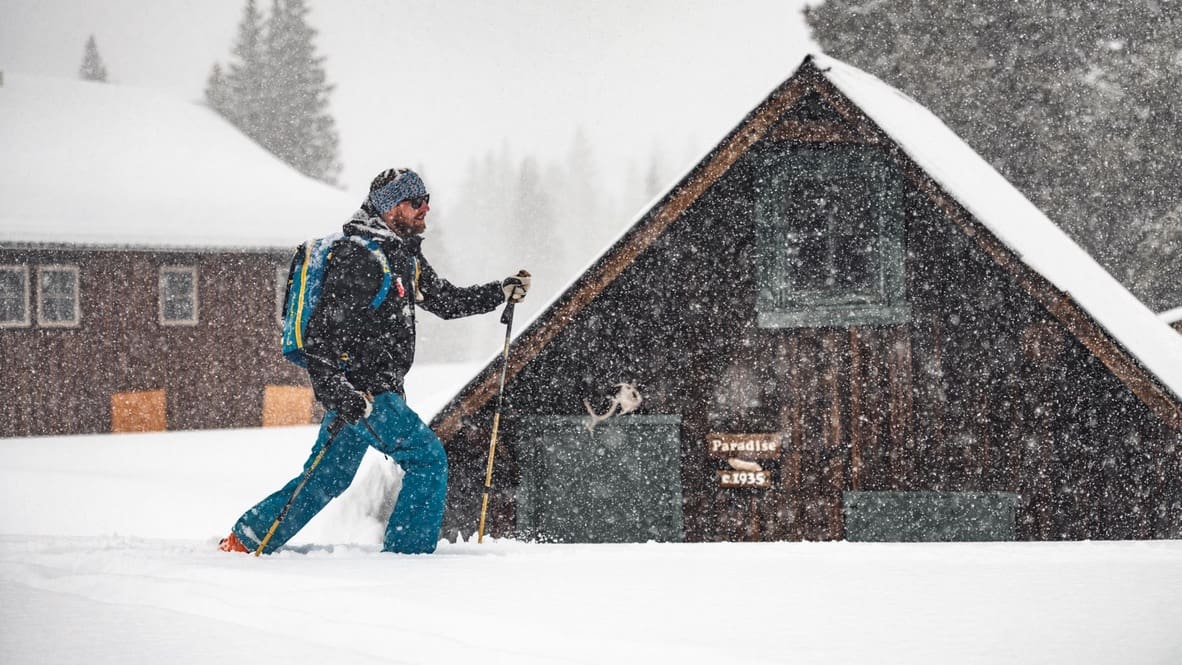
Welcome to the wild world of backcountry skiing, where powder is plentiful, crowds are nonexistent, and adventure is always just around the corner. It’s no secret that backcountry skiing is becoming more popular every year, and it’s not hard to see why.
First of all, backcountry skiing is a way to escape the crowds and get away from the hustle and bustle of the ski resort. You can explore new terrain, find fresh snow, and enjoy the peaceful solitude of the mountains. It’s a chance to connect with nature and experience the beauty of the wilderness in a way that’s hard to do when you’re stuck on a chairlift with a bunch of strangers.
But it’s not just about getting away from people. Backcountry skiing offers a level of challenge and adventure that you can’t find at a ski resort. You have to work for your turns, skinning up steep hills with climbing skins on the bottom of your skis or splitboard. Then, after all that effort, you get to ski down in pristine, untouched snow, feeling the rush of the wind and the adrenaline pumping through your veins.
The rise of backcountry skiing has also been fueled by advances in gear and technology. Back in the day, if you wanted to go backcountry skiing, you had to strap on some heavy alpine touring gear and trudge your way up the mountain. But now, there are all sorts of lightweight touring skis and splitboards that make it easier to climb and more fun to ski. There are also specialized bindings, boots, and avalanche safety equipment that make the whole experience safer and more enjoyable.
And let’s not forget about the COVID-19 pandemic. With ski resorts implementing capacity restrictions and other safety measures, backcountry skiing has emerged as a way to enjoy the mountains while maintaining social distance. Plus, being outside in the fresh air is generally considered safer than being inside, so it’s a win-win situation.
But with the growing popularity of backcountry skiing comes new challenges. It’s important to remember that the backcountry is a dynamic and ever-changing environment, and proper preparation and education are essential for a safe and enjoyable experience. Avalanche safety is a huge concern, and it’s important to know how to read the snowpack and make good decisions when it comes to choosing terrain and routes. You also need to be physically fit and have the right gear, including a beacon, shovel, and probe.
It’s also important to remember that the backcountry is not a ski resort. There are no ski patrol, no groomed runs, and no easy way down if something goes wrong. You need to be self-sufficient and able to handle whatever comes your way. But if you’re willing to put in the work and take the necessary precautions, backcountry skiing can be an incredibly rewarding and fulfilling experience.
So there you have it, folks. Backcountry skiing is becoming so popular because it offers a chance to escape the crowds, challenge yourself, and connect with nature in a way that’s hard to do at a ski resort. It’s also easier and more accessible than ever before, thanks to advances in gear and technology. And with the COVID-19 pandemic driving more people outside, there’s never been a better time to give it a try. Just remember to prioritize safety above all else and have fun out there!



